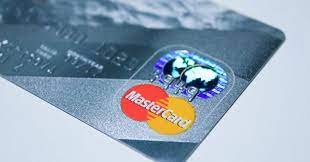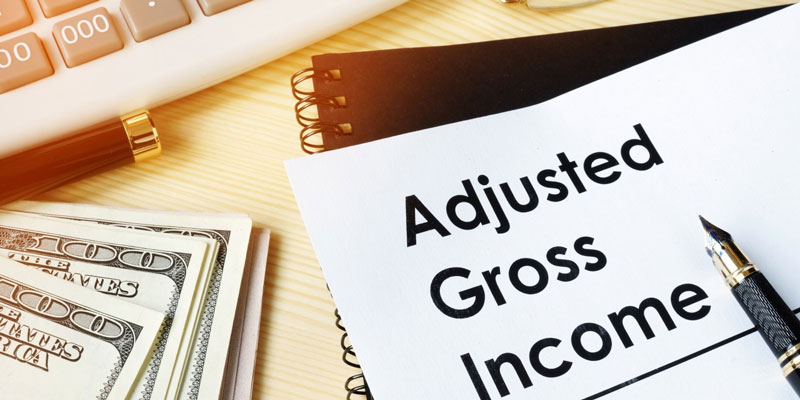
You will see references to APR when you go through your credit card statement that is sent to you every month. The interest accrued on a credit account is the annual percentage rate, or APR for short. When you maintain a balance on your credit card, the annual percentage rate (APR) will most likely come into play. However, other activities, such as cash advances and late payments, are also subject to APRs, which may be higher than your usual rate. Everyone who carries a credit card should understand how annual percentage rate (APR) calculations are made when they can be applied and how developing sound financial habits might help you avoid having to pay it.
How APR Works
A credit card's annual percentage rate (APR) is often defined as the amount of interest charged to your account for a certain billing cycle. The annual percentage rate (APR) for credit cards is computed as follows:
You may calculate the daily rate on your credit card by dividing the purchase APR by 365. This will give you the daily rate. If your APR is 18 percent, your daily rate will be.00049 percent of that amount.
Calculating your average daily amount is as simple as adding up all your balances after the billing cycle and then dividing that total by the total number of days in the billing cycle. This represents your daily balance on average. Did you already know what is the apr on a credit card?
What Are The Different Types Of APR?
- This interest rate will be charged to any and all purchases made with your credit card, regardless of whether they were made in person, online, or over the phone.
- A promotional interest rate for a short period that is lower than the card's standard APR and is occasionally as low as 0% APR is referred to as an introductory annual percentage rate (APR). It can apply to balance transfers, purchases, or both. After the promotional period has ended, the standard APR will be applied to the remaining amount on your account.
- The APR for cash advance is often higher than the purchase APR on your credit card, and there is no grace period associated with cash advances. Additionally, it is often used for convenience checks.
- The penalty annual percentage rate (APR) may reach 29.99 percent if a payment is late, missing, or returned. Your credit card company may want you to make many consecutive on-time payments before they remove the penalty APR from your account. If your payments are overdue by more than sixty days, the penalty annual percentage rate (APR) may also be applied to your current debt.

Credit Card APR Vs. Credit Card Interest
The Truth in Lending Act mandates that financial institutions reveal their annual percentage rates (APRs) for interest rates. Your credit card's annual percentage rate (APR) measures how much it sets you back from borrowing money. The interest rate and the annual percentage rate (APR) may differ for many other financial instruments.
Let's imagine, for example, that you're refinancing your mortgage or getting a new one. Your loan's annual percentage rate (APR) differs from your loan's interest rate since the interest rate refers to the yearly cost of borrowing money. At the same time, the APR takes into account all the costs that the borrower is responsible for in addition to the annual cost of borrowing money. But this is not the case with credit cards; the interest rate and the annual percentage rate (APR) are the same.
The annual percentage rate (APR) does not consider any costs associated with using your credit card, including any fees that may be assessed for making late payments, starting a balance transfer, or taking out a cash advance.
Fixed APR Vs. Variable APR

A fixed annual percentage rate (APR) rarely changes except when a late payment or promotional deal runs out. The interest rate you pay is guaranteed to remain the same for the fixed-rate term. It simplifies the process of budgeting for your payments since you are aware that the rate will, in most cases, be constant. However, card issuers can still adjust a fixed rate at their discretion; all they need to do is give the appropriate notice. Credit cards with a set interest rate are becoming more difficult. Your credit card's annual percentage rate (APR) will most likely be changeable and span a range, such as 15.49 percent to 25.49 percent if it is a variable rate card.



